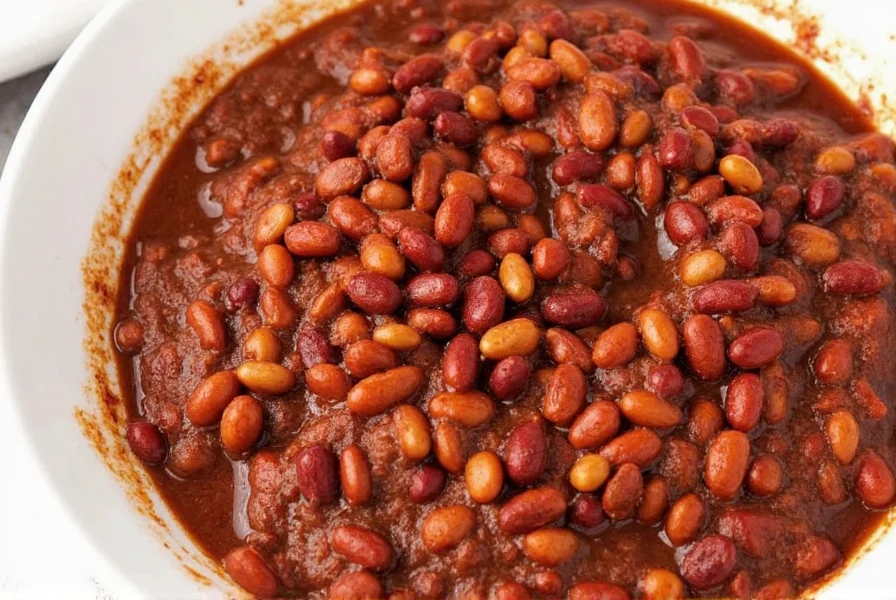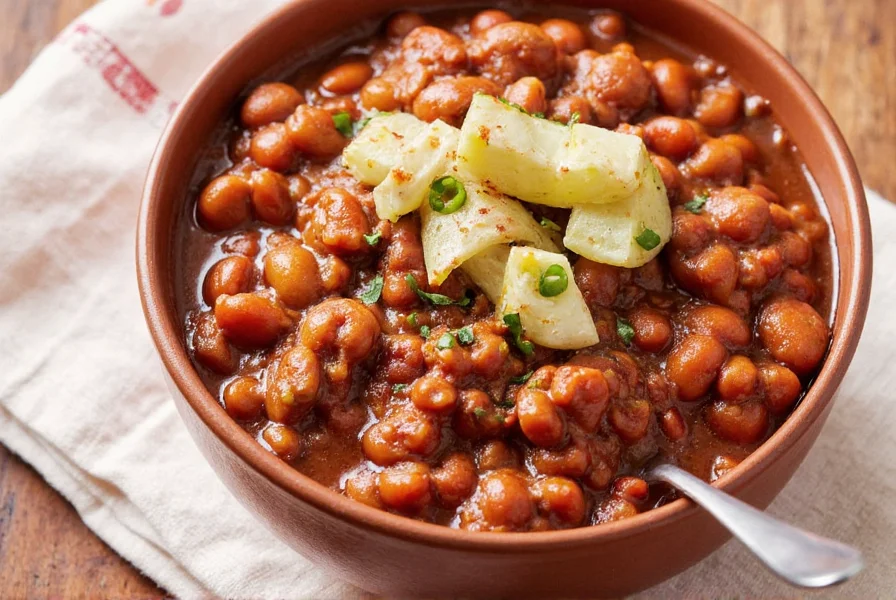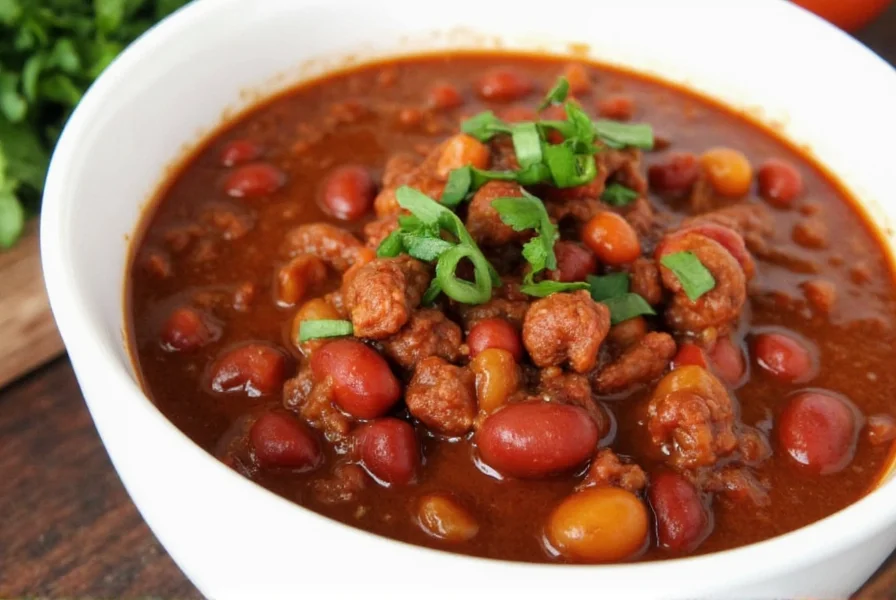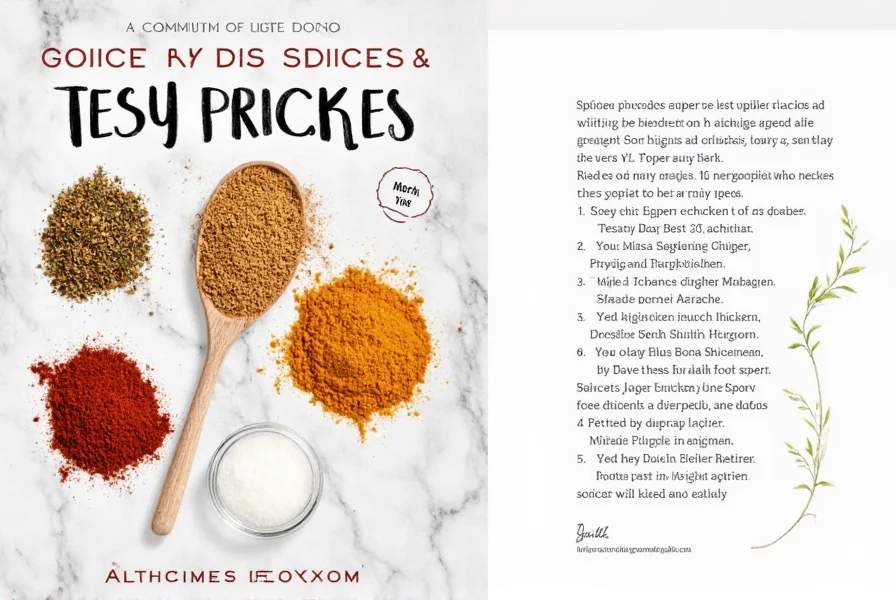Table of Contents
Here's how to make delicious chili with dried beans: soak beans overnight, sauté onions and garlic, add meat and spices, simmer until tender. This recipe yields a hearty, flavorful dish in under 2 hours with budget-friendly ingredients.
Why Use Dried Beans in Chili?
Dried beans are a staple in many cuisines, and they bring a lot to the table when it comes to making chili. Unlike canned beans, which are already cooked, dried beans allow you to control the texture and flavor more precisely. They also offer a more natural, robust taste that complements the spices in your chili.
Here are a few reasons why dried beans are the way to go:
- Texture Control: You can soak and cook them to your preferred consistency.
- Flavor Depth: Dried beans absorb the flavors of the other ingredients better than canned ones.
- Cost-Effective: Buying dried beans in bulk is often cheaper than buying canned versions.

Essential Tips
Making chili with dried beans may seem intimidating at first, but with a few key tips, it becomes a breeze. Here’s a quick list to help you get started:
- Soak the beans overnight to reduce cooking time and improve digestibility.
- Use a good stock or broth as the base to enhance the depth of flavor.
- Add spices gradually, tasting as you go to avoid over-spicing.
- Simmer slowly for at least an hour to let the flavors meld together.
- Don’t forget the fat—use oil or butter to help the spices bloom and add richness.

Step-by-Step Recipe
Ingredients
- 1 cup dried pinto beans (or black beans)
- 1 lb ground beef or turkey (optional)
- 1 onion, diced
- 2 cloves garlic, minced
- 2 tomatoes, chopped
- 1 green bell pepper, chopped
- 1 tbsp olive oil
- 1 tsp cumin
- 1 tsp paprika
- 1 tsp chili powder
- Salt and pepper to taste
Instructions
- Soak the dried beans overnight in water. Drain and rinse before use.
- In a large pot, heat the oil over medium heat. Add the onions and garlic, sauté until softened.
- Add the ground meat (if using) and cook until browned. Drain any excess fat.
- Add the tomatoes, bell pepper, and spices. Stir well to combine.
- Add the soaked beans and enough water or broth to cover the mixture by about an inch.
- Bring to a boil, then reduce heat and simmer for at least 1 hour, or until the beans are tender.
- Taste and adjust seasoning as needed. Serve hot with rice or cornbread.

Buying Guide
1. Dried Beans
| Bean Type | Features | Best For |
|---|---|---|
| Pinto Beans | Soft and creamy, mild flavor | Classic chili recipes |
| Black Beans | Sturdy texture, rich flavor | Vegan or vegetarian chili |
| Kidney Beans | Earthy and slightly sweet | Spicy chili with a bold flavor |

2. Spices
Spices are what give chili its signature kick. Here are some top picks:
- Cumin: Adds warmth and depth
- Chili Powder: A blend of spices that brings the heat
- Paprika: Adds smokiness and color
- Oregano: A classic Mexican herb

3. Broth or Stock
Using a good-quality broth adds depth and umami to your chili. Here are some options:
- Beef Broth: Ideal for meat-based chili
- Vegetable Broth: Great for vegetarian or vegan versions
- Chicken Broth: A lighter option that still enhances flavor












 浙公网安备
33010002000092号
浙公网安备
33010002000092号 浙B2-20120091-4
浙B2-20120091-4